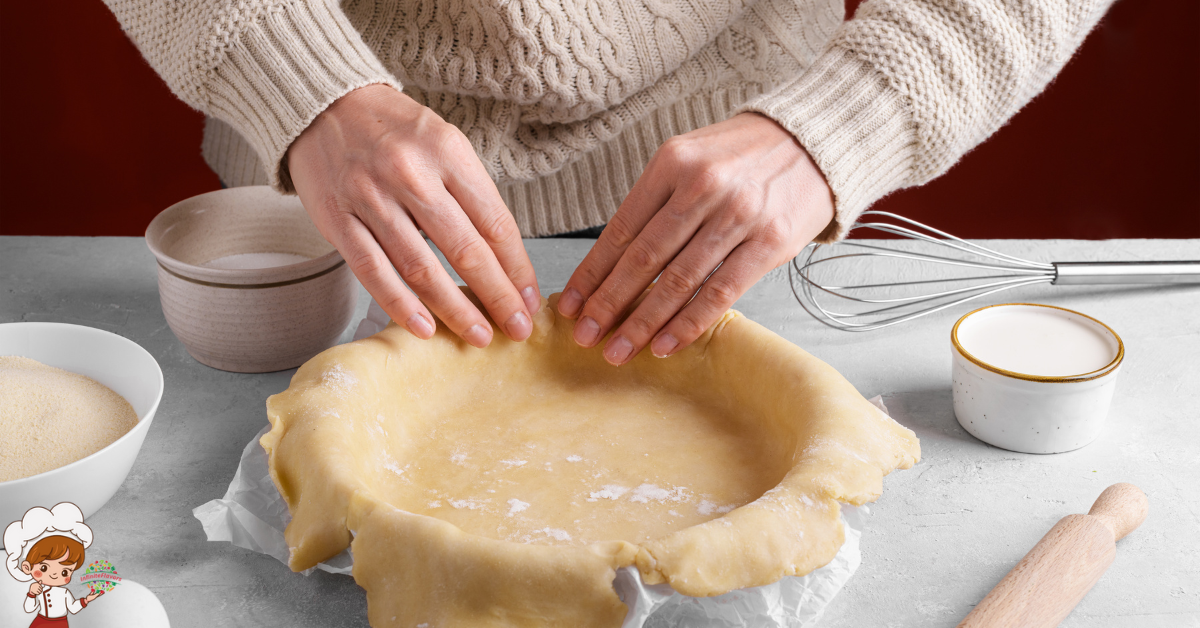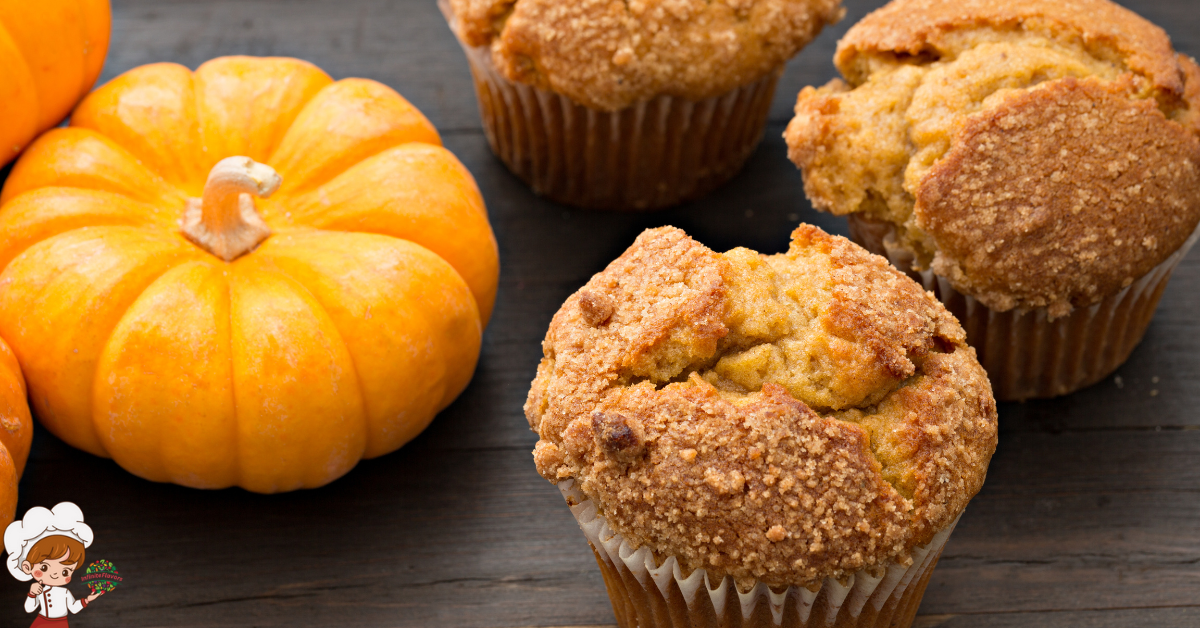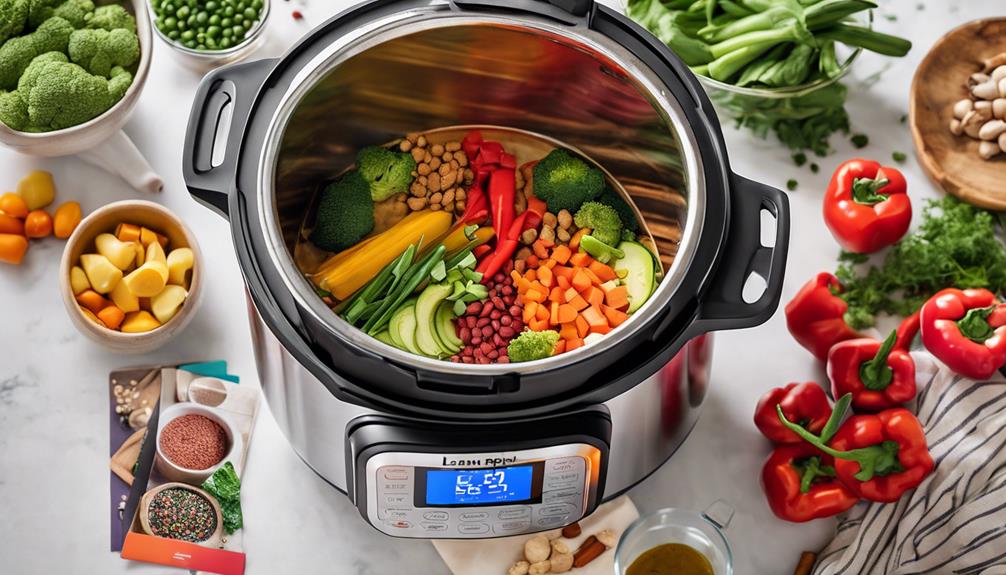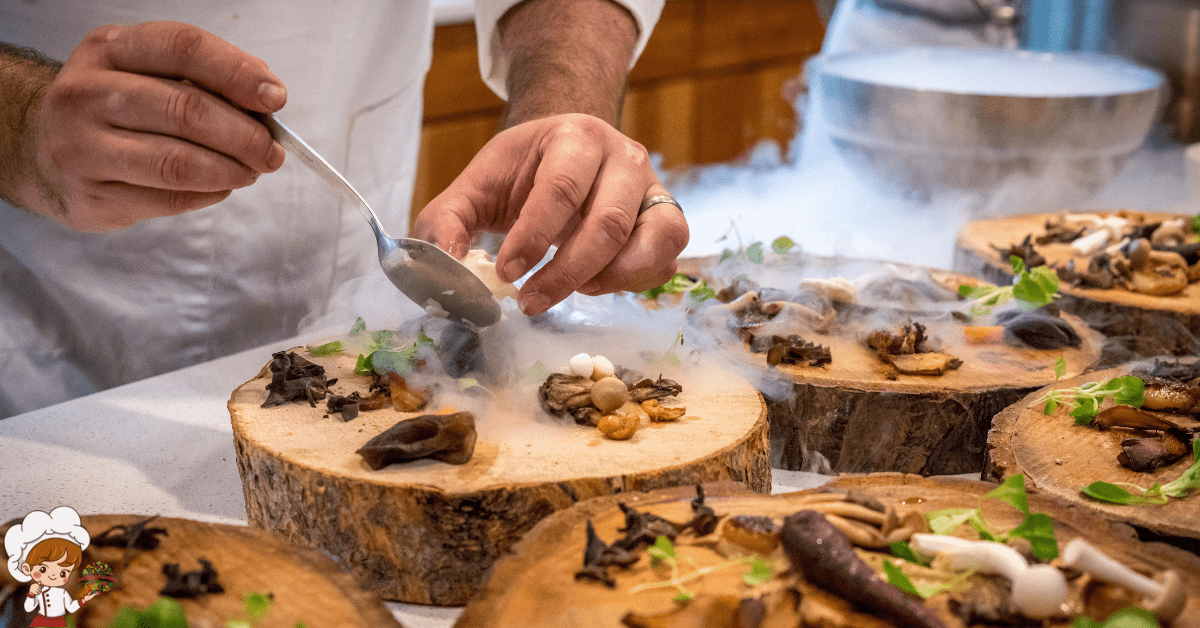How To Fix Common Pastry Mishaps

Common Pastry Mishaps; You may think that baking is an exact science, and any mishap in the kitchen is irreversible. But fear not, for there is a way to fix those common pastry blunders that often leave you feeling defeated. From tough dough to burnt edges, dry pastry to crumbly crusts, this how-to guide will equip you with the knowledge and techniques to salvage even the most disastrous of baking mishaps. So, whether you’re a seasoned baker or a novice in the kitchen, get ready to unlock the secrets to rescuing your pastries and creating delectable treats that will leave everyone asking for more.
Overcome Tough Dough
If you’re faced with tough dough that seems impossible to work with, don’t despair – there are several techniques you can employ to soften it up and make it more pliable for your baking needs. Overcoming stubborn dough and tackling dense pastry may seem challenging, but with the right approach, you can transform it into a workable consistency.
One effective method to soften tough dough is to use heat. Preheat your oven to a low temperature, around 200 degrees Fahrenheit, and place the dough in a covered bowl. The gentle heat will encourage the gluten in the dough to relax, making it easier to handle. After about 10-15 minutes, remove the dough from the oven, and you’ll notice a significant improvement in its pliability.
Another technique is to add moisture to the dough. Start by sprinkling a small amount of water over the dough and knead it gently. The water will hydrate the dry areas, making the dough more supple. Be cautious not to add too much water, as it can make the dough sticky and difficult to work with. Gradually add water until you achieve the desired consistency.
If these methods don’t yield the desired results, you can try incorporating fat into the dough. Add a tablespoon of softened butter or oil to the mixture and knead it thoroughly. The fat will help to lubricate the dough and make it easier to handle. Be sure to distribute the fat evenly throughout the dough for consistent softening.
Revive Dry Pastry
To revive dry pastry, you can employ a simple yet effective technique that will bring back its moisture and make it enjoyable to eat. Reviving flaky crusts and preventing dryness is crucial to ensure that your pastry turns out delicious. Here’s how you can do it.
First, preheat your oven to 350°F (175°C). Place the dry pastry on a baking sheet lined with parchment paper. Take a pastry brush and lightly dampen the surface of the pastry with water. Be careful not to soak it; a light misting is all you need.
Next, cover the pastry with aluminum foil, making sure it is tightly sealed around the edges. This will trap the moisture and create a mini steam bath for the pastry. Place the baking sheet with the pastry in the preheated oven for about 10-15 minutes.
After the allotted time, remove the pastry from the oven and carefully remove the aluminum foil. The steam created inside the foil will have penetrated the pastry, reviving its flakiness and restoring its moisture. Allow the pastry to cool completely before using it in your recipe.
If you don’t have an oven, you can also use a microwave to revive dry pastry. Simply place the pastry on a microwave-safe plate and cover it with a damp paper towel. Microwave the pastry on medium heat for 10-15 seconds. Check the moisture level and repeat if necessary. Remember not to overdo it, as excessive moisture can make the pastry soggy.
Salvage Burnt Edges
Now that you’ve learned how to revive dry pastry, let’s move on to salvaging burnt edges to ensure that every bite of your pastry is perfect. Repairing charred edges can seem like a daunting task, but with a few simple techniques, you can rescue your pastry and impress your guests. Here’s how:
- Trim and conceal: Start by carefully trimming off the burnt edges with a sharp knife. Be sure to remove only the charred parts and not the perfectly baked pastry underneath. Once you’ve trimmed the edges, consider using a decorative element to conceal any remaining signs of burning. A dusting of powdered sugar, a drizzle of glaze, or a sprinkle of finely chopped nuts can work wonders in hiding burnt crusts.
- Preventive measures: Of course, the best way to salvage burnt edges is to prevent them from happening in the first place. Here are a couple of preventive measures to keep in mind:
- Reduce baking time: Pay close attention to the recommended baking time in your recipe and check your pastry a few minutes before the timer goes off. This will help prevent over-browning and burnt edges.
- Use a pie crust shield: If you’re baking a pie, consider using a pie crust shield or a simple aluminum foil tent to protect the edges from excessive heat. This will create a barrier and prevent the crust from burning while allowing the center to bake evenly.
Fix Crumbly Crusts
Having a crumbly crust can be frustrating, but there are ways to fix it. First, make sure you have the right moisture balance in your dough. Too little moisture can cause the crust to crumble, so add a bit more liquid if needed. Second, handle the dough gently and avoid overmixing. Too much handling can create a crumbly texture. Lastly, consider adjusting the ratio of ingredients, such as adding more fat or using a different type of flour, to improve the crust’s structure. Keep these points in mind to fix your crumbly crusts and enjoy perfect pastries every time.
Moisture Balance
For a crumbly crust that holds together beautifully, ensure the moisture balance in your pastry is just right. Here’s how to prevent sogginess and avoid dryness:
- Add moisture gradually: When mixing the dough, add liquid slowly until the dough just comes together. This prevents the dough from becoming too wet and sticky.
- Chill the dough: After mixing, refrigerate the dough for at least 30 minutes. This allows the fat to solidify and the gluten to relax, resulting in a more tender and cohesive crust.
- Use a moisture barrier: When making fillings with high moisture content, such as fruit pies, coat the bottom of the crust with a thin layer of melted chocolate or egg wash. This barrier prevents the crust from becoming soggy.
- Blind bake the crust: For custard or cream pies, blind bake the crust before adding the filling. This helps create a crisp and dry crust that can withstand the moisture from the filling.
Proper Dough Handling
To ensure a crumbly crust that holds together beautifully, mastering proper dough handling techniques is crucial. One important technique is dough chilling. After preparing the dough, wrap it tightly in plastic wrap and refrigerate for at least 30 minutes. This will allow the fat to solidify and prevent the crust from becoming crumbly.
Another key aspect of proper dough handling is kneading techniques. When kneading the dough, be gentle and avoid overworking it. Use the heel of your hand to push the dough away from you, then fold it back towards you. Repeat this motion until the dough becomes smooth and elastic. Avoid using too much flour during kneading, as it can make the crust dry and crumbly. By following these tips, you can fix crumbly crusts and achieve perfect pastries every time.
Adjusting Ingredients Ratio
Adjusting the ratio of ingredients is an effective way to fix crumbly crusts and achieve the perfect texture for your pastries. To improve dough consistency and prevent crumbly crusts, consider the following tips:
- Increase the fat content: Adding more butter or shortening to the dough can help bind the ingredients together and create a smoother texture.
- Use a different liquid: If your crust is too dry, try substituting water with a liquid that has higher fat content, such as milk or buttermilk. This will add moisture to the dough and improve its consistency.
Rescue Soggy Bottoms
To rescue soggy bottoms, start by blotting excess moisture from the filling before baking. This will prevent the pastry from becoming overly saturated and help maintain a crisp crust. Additionally, using a pie shield or aluminum foil to cover the edges of the pie during baking will protect them from excessive heat, allowing the bottom crust to bake thoroughly without becoming soggy.
Blot Excess Moisture
If your pastry has a soggy bottom, you can easily rescue it by blotting excess moisture. Moisture control is crucial in preventing sogginess, and by following these simple steps, you’ll have a perfectly baked pastry every time:
- Patience is key. Allow your pastry to cool completely before attempting to blot the excess moisture. Rushing this step can lead to further damage.
- Use a clean kitchen towel or paper towels to gently press down on the bottom of the pastry. This will help absorb any excess moisture.
- Be careful not to press too hard, as you don’t want to crush the delicate structure of the pastry.
- Ensure you cover the entire bottom surface evenly to remove all the moisture.
Use a Pie Shield
Once you’ve successfully rescued your pastry by blotting excess moisture, it’s time to explore the next step: using a pie shield to rescue those soggy bottoms. A pie shield is a simple yet effective tool that prevents the edges of your crust from becoming overly browned or burnt while the filling cooks. By placing the shield around the rim of your pie, it acts as a barrier, allowing the center of the pie to cook evenly without the risk of the edges becoming too crisp.
The benefits of using a pie shield are twofold. Firstly, it ensures a beautifully golden and evenly baked crust. Secondly, it saves you from the disappointment of a soggy bottom, as the shield prevents the excess moisture from seeping into the crust. If you’re looking for alternative pie crusts, consider options like graham cracker or cookie crusts, which are less prone to sogginess and can be easily made at home.
Master Lumpy Fillings
Achieving smooth and velvety fillings is a crucial skill in mastering the art of pastry-making. When it comes to lumpy fillings, fear not! With a few simple tricks, you can easily transform them into silky perfection. Here’s how:
- Moisture Control
- Use a strainer: If your filling has become lumpy due to excess moisture, strain it through a fine-mesh sieve. This will remove any lumps and ensure a smooth texture.
- Adjust liquid content: Moisture control is key to achieving a smooth texture. If your filling is too thin, simmer it gently over low heat to evaporate some of the excess liquid. On the other hand, if it’s too thick, gradually add small amounts of liquid until you reach the desired consistency.
- Achieving Smooth Texture
- Heat and whisk: For cooked fillings, such as custards or pudding, gently heat the mixture while whisking continuously. The heat will help dissolve any lumps, while whisking ensures a smooth and even texture.
- Use a blender or food processor: If your filling is still lumpy despite your best efforts, transfer it to a blender or food processor. Blend or process until smooth, then return it to the stove to continue cooking if needed.
Tackle Shrinking Pastry
To overcome the challenge of shrinking pastry, take proactive steps to ensure a perfectly crisp and stable crust. When your pastry shrinks during baking, it can lead to a less-than-ideal final product. However, with a few adjustments and careful attention, you can prevent this mishap and achieve a beautifully baked pastry every time.
The first step in tackling shrinking pastry is to adjust the oven temperature. Preheat your oven to the recommended temperature stated in your recipe. If the temperature is too high, it can cause the pastry to shrink as it bakes. Lowering the temperature slightly can help prevent this issue. Keep an eye on the pastry as it bakes and make any necessary adjustments to the oven temperature if you notice it starting to shrink.
Another important factor in preventing overbrowning and shrinking is to shield the pastry edges. The edges of the pastry tend to cook faster than the rest, which can lead to overbrowning and shrinking. To avoid this, you can cover the edges with aluminum foil or a pastry shield. This will protect the edges from excessive heat, allowing the pastry to cook evenly and maintain its shape.
Additionally, properly chilling the pastry before baking can help reduce shrinkage. After rolling out the dough and fitting it into the pan, refrigerate it for at least 30 minutes before baking. This will give the pastry time to relax and firm up, reducing the likelihood of shrinking during baking.
Mend Cracked Tops
So your pastry has developed unsightly cracks on top, but don’t worry, there are ways to mend them. Moisture and temperature play a crucial role in preventing cracks, so make sure to follow the recipe instructions carefully. If cracks do occur, you can patch them up using a simple glaze made from melted butter and powdered sugar, which will not only mend the cracks but also add a delicious touch to your pastry.
Moisture and Temperature
If your pastry has developed unsightly cracks on top, fear not! There are ways to mend them and make your pastry look flawless again. Moisture control and temperature regulation are the key factors in preventing and fixing cracked pastry tops. Here’s what you can do:
- Moisture Control:
- Brush the top of the pastry with an egg wash before baking to create a protective barrier that prevents excessive moisture loss.
- Avoid overfilling the pastry with wet fillings, as they can seep into the pastry and cause cracks.
- Temperature Regulation:
- Preheat your oven to the correct temperature before baking to ensure even heat distribution.
- Bake the pastry at a slightly lower temperature for a longer time to prevent rapid expansion and contraction, which can lead to cracks.
Patching and Glazing
To mend those unsightly cracks on your pastry, let’s now explore how you can effectively patch and glaze your cracked tops. When it comes to patching techniques, start by gently pressing the cracked edges together. If the crack is too wide, you can create a paste using some flour and water to fill in the gap. Smooth the paste with a wet finger and brush off any excess flour.
For a professional finish, glazing is essential. You can use a simple sugar glaze by combining powdered sugar with a small amount of water or lemon juice. Brush the glaze over the patched area, ensuring it covers the cracks completely. This will not only hide the imperfections but also add a glossy sheen to your pastry, making it look even more appetizing.
Recover From Overbaking
When your pastry has been overbaked, there are several steps you can take to salvage it and still enjoy a delicious treat. Overbaking can result in a dry and tough texture, but with a little effort, you can revive your overcooked pastries and prevent overbaking in the future. Here’s what you can do:
- Assess the damage:
- Carefully examine the pastry to determine the extent of the overbaking. Is it slightly overdone or completely burnt? This will help you decide the best course of action.
- Moisture infusion:
- One way to revive overcooked pastries is by adding moisture. Brushing the surface with simple syrup or a flavored syrup can help add moisture and improve the texture. Additionally, you can sandwich the pastry with a moist filling like whipped cream or fruit compote.
- Creative toppings:
- If the top of your pastry is excessively browned or burnt, you can cover it up with a delicious topping. Consider spreading a layer of melted chocolate, ganache, or frosting over the surface. This not only adds flavor but also hides any visual imperfections.
- Serve with accompaniments:
- Sometimes, the best way to enjoy an overbaked pastry is by serving it with accompaniments. Pair it with a scoop of ice cream, a dollop of whipped cream, or a drizzle of caramel sauce. These additions can help mask any dryness and enhance the overall taste.
Handle Sticky Dough
Now that you have learned how to salvage overbaked pastries, let’s tackle the next challenge: handling sticky dough. Dealing with sticky dough can be frustrating, but with proper moisture control and understanding of dough elasticity, you can easily overcome this obstacle.
When working with sticky dough, it’s essential to control the moisture level. Start by lightly dusting your work surface and your hands with flour. This will help prevent the dough from sticking and make it easier to handle. If the dough is still sticky, resist the temptation to add more flour. Instead, try chilling it for 10-15 minutes. The cold temperature will firm up the dough and reduce its stickiness.
Another technique to handle sticky dough is to use a bench scraper or a spatula to help you manipulate it. Gently lift and fold the dough onto itself, incorporating the flour from the surface. This process will gradually bring the dough together and make it more manageable. Be patient and avoid overworking the dough, as it can lead to tough and dense pastries.
Understanding dough elasticity is crucial when dealing with sticky dough. Gluten, a protein found in flour, gives dough its elasticity. Overmixing or excessive kneading can develop too much gluten, resulting in a sticky and tough dough. To prevent this, handle the dough gently and only knead it until it comes together. This will ensure a light and tender end product.
Fix Leaky Fillings
If you find yourself dealing with leaky fillings in your pastries, don’t panic – there are solutions to salvage your delicious treats. Here are some tips to help you fix leaky fillings and ensure your pastries turn out perfectly every time:
- Adjust the cooking time and temperature: Sometimes, leaky fillings occur because the pastry crust hasn’t fully set. To fix this, try baking your pastries for a few minutes longer or at a slightly higher temperature. This will help the crust to fully cook and prevent any leakage.
- Use a pre-baked crust: If you consistently struggle with leaky fillings, consider pre-baking your crust before adding the filling. This will create a barrier between the filling and the crust, preventing any liquid from seeping through. Simply bake the crust until it’s lightly golden, then fill it with your desired filling and continue baking as usual.
- Add a thickening agent: Another way to fix leaky fillings is by adding a thickening agent to your filling mixture. This can be in the form of cornstarch, flour, or even gelatin. These ingredients will help to bind the filling together and reduce the chances of it leaking out of the pastry.
- Seal the edges: To prevent pastry shrinkage and fix collapsed crusts, make sure to seal the edges of your pastries properly. Use a fork or your fingers to crimp the edges together, creating a tight seal. This will help to keep the filling contained and prevent any leakage.
Counteract Tough Pastry
To tackle the challenge of tough pastry, you’ll need a few tricks up your sleeve. Moisture control and dough elasticity are key factors in achieving the perfect texture for your pastry. If your pastry comes out tough and not flaky, don’t worry, there are steps you can take to counteract it.
One way to improve the texture of tough pastry is by adding more moisture. Start by brushing the pastry with a little milk or water before baking. This will help the pastry absorb moisture and soften as it bakes. Be careful not to add too much moisture, as this can make the pastry soggy instead.
Another technique to counteract tough pastry is to increase the dough’s elasticity. To do this, you can try kneading the dough a little longer. This will help develop the gluten in the flour, giving the pastry a more tender and flaky texture. Additionally, you can try adding a small amount of vinegar or lemon juice to the dough. The acidity in these ingredients will help relax the gluten, resulting in a softer pastry.
If your pastry is already rolled out and tough, you can try folding it a few times to create layers. This will help break down the tough gluten strands and create a flakier texture. Alternatively, you can try rolling the dough out slightly thinner to reduce its toughness.
Save Sunken Centers
Are your pastries coming out of the oven with sunken centers? Don’t worry, there are a few simple adjustments you can make to save them. First, try adjusting the baking time – underbaking can cause the centers to sink. Second, make sure you are using the right temperature – an oven that is too hot can lead to sunken centers. Lastly, double-check your ingredient ratios – too much liquid or leavening agents can cause the centers to collapse. With these tips, you’ll be able to rescue your sunken pastries and enjoy perfectly baked treats every time.
Adjusting Baking Time
Adjust your baking time to ensure perfectly risen pastries with no sunken centers. Adjusting the baking time is crucial when troubleshooting undercooked pastries. Here are some tips to help you get it right:
- Test for doneness: Use a toothpick or skewer to check the center of your pastries. If it comes out clean or with a few crumbs, they are ready.
- Decrease baking time: If your pastries are consistently undercooked, try reducing the baking time by a few minutes. This will prevent them from sinking in the middle.
- *Monitor temperature:* Keep an eye on the baking temperature to prevent overcooking the edges while the center remains undercooked.
- *Use an oven thermometer:* Oven temperatures can vary, so using an oven thermometer will ensure accuracy and help you adjust the baking time accordingly.
Using the Right Temperature
If you want to avoid sunken centers in your pastries, mastering the art of using the right temperature is essential. Using a thermometer is key to achieving the perfect temperature for your baked goods. When baking, it’s important to accurately measure the temperature of your oven. Preheat the oven to the specified temperature and allow it to fully reach that level before placing your pastries inside.
Using a thermometer will ensure that your oven is neither too hot nor too cold, preventing overbaking and yielding perfectly risen pastries. Overbaking can lead to dry and sunken centers, so it’s crucial to monitor the temperature throughout the baking process. By using a thermometer and preventing overbaking, you can avoid the disappointment of sunken centers and enjoy beautifully baked pastries every time.
Checking Ingredient Ratios
To prevent sunken centers in your pastries, it is crucial to carefully check and maintain the proper ratios of ingredients. Achieving the right moisture content is essential for a successful bake. Here are some tips to help you avoid sunken centers:
- Pay attention to the moisture content of your ingredients:
- Too much moisture can make the pastries heavy and cause them to sink in the center.
- Insufficient moisture can result in dry and crumbly pastries.
- Be cautious when substituting ingredients:
- Different ingredients have different moisture levels, which can affect the final outcome.
- If you need to make a substitution, consider the moisture content of the substitute and adjust the ratios accordingly.
Restore Stale Pastries
Revive your stale pastries with a simple yet effective technique that will bring back their freshness and irresistible taste. Whether you have leftover croissants or dry turnovers, there’s no need to let them go to waste. With a few simple steps, you can restore their texture and flavor, making them enjoyable once again.
To revive stale croissants, start by preheating your oven to 350°F (175°C). Then, wrap each croissant individually in aluminum foil and place them on a baking sheet. Bake them for about 5 minutes, until they are warm and slightly crispy on the outside. This will help to rehydrate the pastry and bring back its flakiness. Once they are done, let them cool for a few minutes before serving. You will be amazed at how the croissants regain their buttery taste and soft texture.
When it comes to rehydrating dry turnovers, a little bit of moisture goes a long way. Begin by placing your turnovers on a microwave-safe plate and covering them with a damp paper towel. Microwave them on high for about 15-20 seconds, or until they are warm and slightly moist. The steam created by the damp paper towel will help to rehydrate the pastry, making it soft and enjoyable to eat again. Allow them to cool for a minute before indulging in their revived deliciousness.
Common Pastry Mishaps; Frequently Asked Questions
How Do I Prevent My Pastry From Shrinking During Baking?
To prevent your pastry from shrinking during baking, there are a few steps you can take. Make sure to chill the dough before rolling it out, avoid stretching it too much, and prick the bottom with a fork. These techniques will help you achieve a perfect flaky pastry.
What Can I Do if My Pastry Filling Is Leaking Out During Baking?
If your pastry filling is leaking out during baking, there are a few troubleshooting steps you can take. Try sealing the edges of the pastry, reducing the amount of filling, or using a thicker filling to prevent overflow.
How Can I Fix the Problem of My Pastry Having a Tough Texture?
To soften tough pastry and find solutions for dry pastry, try adding a bit more fat or liquid to the dough. Knead gently and avoid overmixing. Adjusting baking time and temperature can also help achieve a tender texture.
Is There a Way to Revive Stale Pastries and Make Them Fresh Again?
To revive stale pastries and make them fresh again, try these pastry revival techniques. You’ll be amazed at how a quick trip to the oven can bring back the flaky, delicious texture you love.
What Should I Do if My Pastry Crust Is Burnt on the Edges?
To avoid burnt edges on your pastry crust, there are a few tips you can follow. First, make sure to properly preheat your oven. Additionally, you can cover the edges with aluminum foil to prevent them from getting too dark. These steps will help you achieve a flaky and golden pastry crust.
Conclusion
In conclusion, with these helpful tips and tricks, you can easily fix common pastry mishaps and turn them into delicious treats. From overcoming tough dough to reviving dry pastry, salvaging burnt edges, and fixing crumbly crusts, this how-to guide has got you covered. Say goodbye to soggy bottoms and leaky fillings, and learn how to counteract tough pastry and save sunken centers. Don’t let stale pastries go to waste either, as this guide will show you how to restore their freshness.








